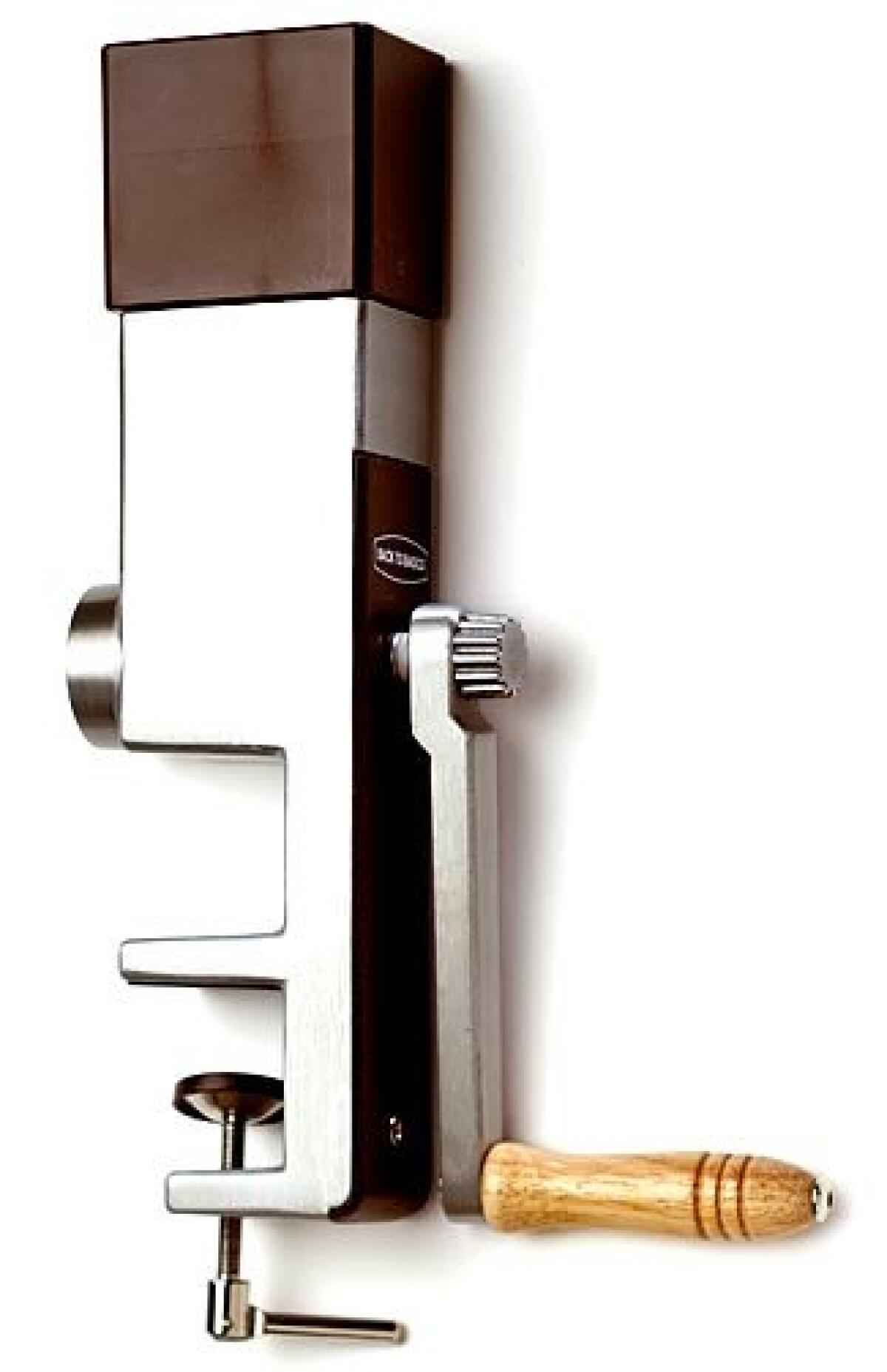The nitty-gritty on grinding grain

For the best flavor and nutrition, it’s best to grind only the amount of flour you need for that day’s baking and cooking. Any leftover flour should be stored in an airtight container in the freezer.
•Hard wheat: The two main types are hard red and hard white. They contain high gluten levels and typically are used for baking yeast breads. (Gluten, a protein, forms elastic strands when mixed with water. It permits the dough to hold together and rise.) The hard-wheat flours can be combined with lower-gluten flours, such as oat or barley, or with non-gluten rice flour, to create pastry flour.
•Soft wheat contains less protein and gluten than the hard varieties. It is used to make flour for cookies, pie crusts, cakes, quick breads or any non-yeast baked goods that call for baking soda or baking powder.
•Whole durum wheat is used to make whole-grain pasta but is not appropriate for baking bread.
•Kamut and spelt are ancient relatives to wheat but can be tolerated by some people who cannot eat wheat. Both grains can be ground into flour and impart a slightly sweet and earthy taste.
•Steel-cut oats are hulled oat groats that have been sliced. They can be ground to a fine texture and added to virtually any baked good. They don’t have much gluten and therefore are often combined with whole-wheat flour for baking. Oat flour has a sweet taste and imparts a crisp texture to muffins and cookies.
•Short-grain brown rice is considered sweeter than longer grains. Ground to a fine texture, it works well as a pastry flour and can be used to bake many gluten-free baked goods, such as cookies, crackers and cakes. Rice flour combines well with other flours.
•Millet flour gives baked goods a nice, golden color and has a light, delicate flavor. Millet flour can be used alone to make flatbreads or mixed with other flours to make many baked goods.
•Dry corn kernels can be used to make cornbread, pancakes and muffins. Coarsely ground corn kernels are used to make polenta and can be added to pizza dough for additional taste and texture. Yellow cornmeal has a rich, buttery flavor.
•Buckwheat, despite the name, is not a wheat but a member of the rhubarb family. Buckwheat has an earthy, nutty flavor. Roasting the groats enhances their aroma and taste. Coarsely ground, buckwheat can be used for polenta. Finely ground buckwheat flour often is used in pancakes, waffles and blintzes. It combines well with wheat and rye flour for baking bread.
•Whole rye is low in gluten and needs to be mixed with wheat flour to bake yeast breads, adding moisture and density. The more rye flour used, the darker the bread. Rye flour has a hearty flavor and can be added to waffles and pancakes.
•Hulled whole barley (not to be confused with the nutritionally inferior processed pearled barley) can be ground into flour that is excellent for baking breads, cookies, cakes and pastries. Low in gluten, it is sweet and hearty and often combined with wheat flour in breads.
•Amaranth seeds, when ground, become a light, sweet flour, used in cereals, cookies and crackers. It can be combined with wheat flour for yeast breads.
Most whole grains can be bought at Whole Foods Markets or online at https://www.pleasanthillgrain.com, https://www.bobsredmill.com or https://www.arrowheadmills.com.
— Alba Dwass and Emily Dwass
More to Read
Eat your way across L.A.
Get our weekly Tasting Notes newsletter for reviews, news and more.
You may occasionally receive promotional content from the Los Angeles Times.






